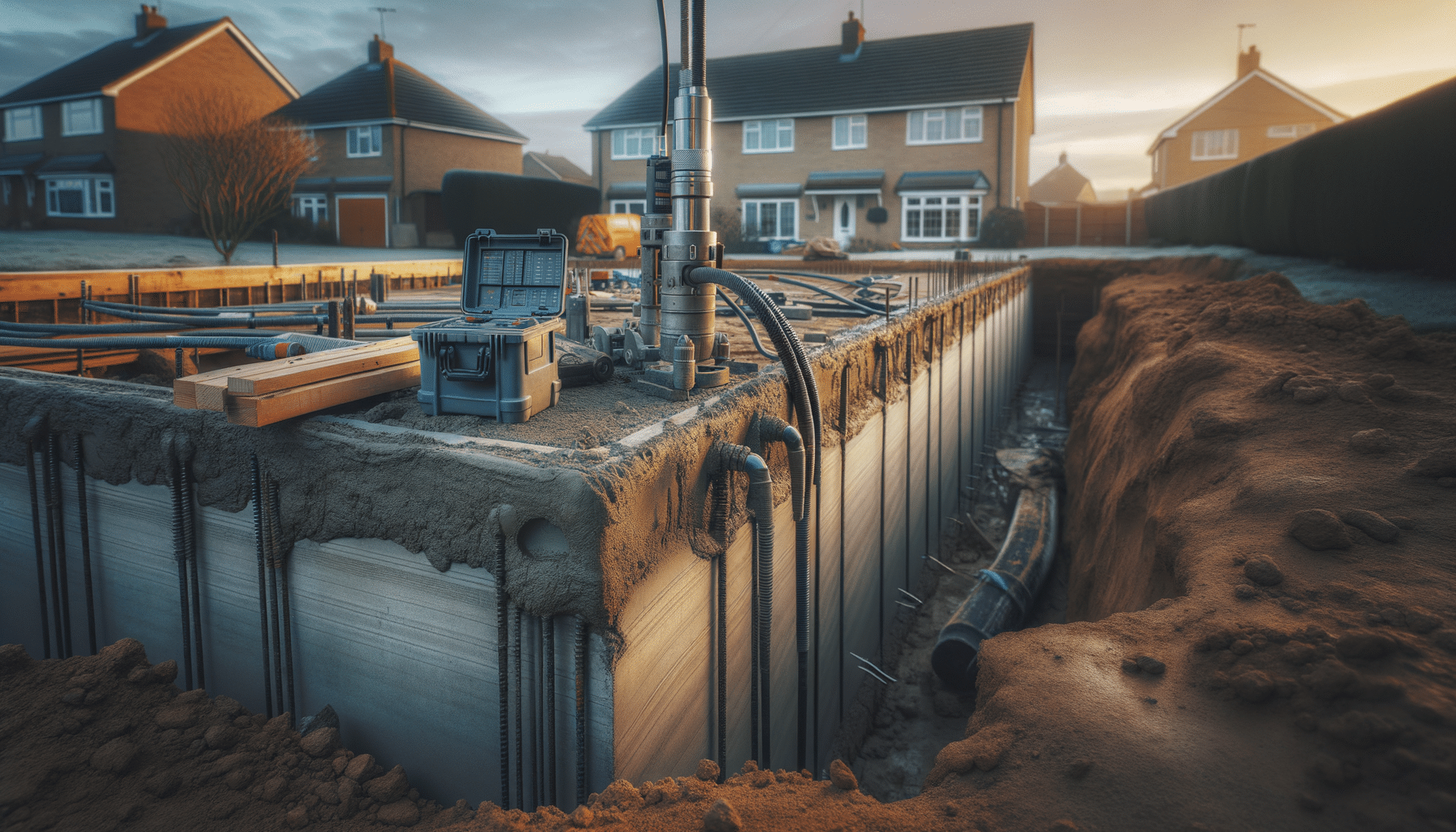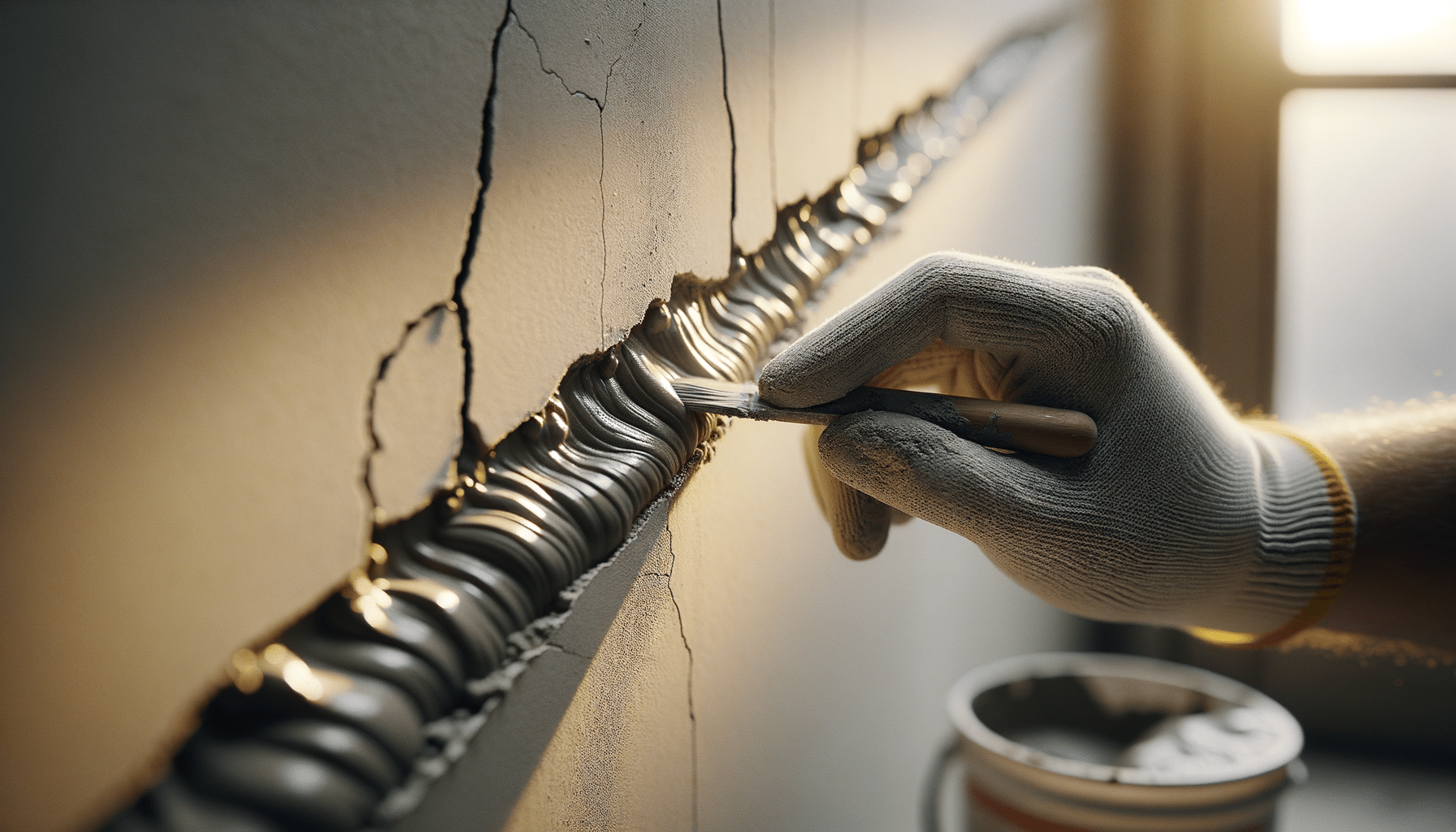
Relief for Urinary Incontinence: Effective Exercises and Strategies
Understanding Urinary Incontinence
Urinary incontinence is a prevalent condition affecting millions worldwide, causing involuntary leakage of urine. It is not only a medical issue but can also significantly impact emotional and social well-being. Understanding its causes is crucial in finding effective solutions. Incontinence can stem from several factors, including age, childbirth, surgery, or neurological disorders. Each case is unique, requiring personalized approaches to management.
The condition is often categorized into different types: stress incontinence, urge incontinence, overflow incontinence, and mixed incontinence. Stress incontinence occurs when physical activity or exertion, such as coughing or sneezing, puts pressure on the bladder. Urge incontinence, or overactive bladder, is characterized by a sudden, intense urge to urinate. Overflow incontinence results when the bladder cannot empty completely, leading to leakage. Mixed incontinence is a combination of stress and urge incontinence.
Understanding these types helps in tailoring effective strategies for relief. Often, a blend of lifestyle changes, exercises, and medical treatments can significantly improve symptoms and enhance quality of life.
Pelvic Floor Exercises: Building Strength and Control
Pelvic floor exercises, commonly known as Kegel exercises, are among the most effective methods for managing urinary incontinence. These exercises target the muscles that support the bladder, uterus, and bowels, enhancing their strength and functionality.
To perform Kegel exercises, one must first identify the correct muscles, which can be done by attempting to stop urination midstream. Once identified, these muscles can be contracted and held for a few seconds before releasing. Repeating this process several times a day can lead to noticeable improvements in control and reduction of leakage.
Incorporating these exercises into a daily routine can be beneficial for both men and women, especially those experiencing stress incontinence. Consistency is key, and setting reminders or integrating the exercises into other daily activities can help maintain regular practice.
Research has shown that individuals who diligently perform pelvic floor exercises often experience significant improvements in continence and overall bladder control. It is a non-invasive, cost-effective method that can be done virtually anywhere, making it accessible for most individuals.
Lifestyle Modifications: Small Changes, Big Impact
Making certain lifestyle modifications can greatly assist in managing urinary incontinence. These changes might seem minor but can have a profound impact on bladder health and incontinence symptoms.
Dietary adjustments play a crucial role. Reducing the intake of bladder irritants such as caffeine, alcohol, and spicy foods can help decrease urgency and frequency. Staying hydrated is important, but it’s essential to find a balance to avoid overloading the bladder.
Weight management is another critical factor. Excess weight can increase abdominal pressure, exacerbating incontinence symptoms. Engaging in regular physical activity not only helps with weight control but also strengthens overall body muscles, including those supporting the bladder.
Additionally, establishing a regular bathroom schedule can train the bladder to hold urine for longer periods, reducing the frequency of leakage episodes. This technique, known as bladder training, can be particularly effective for those with urge incontinence.
Medical Interventions: Exploring Options
For some individuals, medical interventions may be necessary to achieve relief from urinary incontinence. These interventions can range from medications to surgical procedures, depending on the severity and type of incontinence.
Medications are available that can help relax the bladder muscle and increase the amount of urine the bladder can hold. These can be particularly beneficial for those with urge incontinence. However, it is important to discuss potential side effects and interactions with a healthcare provider.
In more severe cases, surgical options might be considered. Procedures such as sling surgery, where a mesh tape is used to support the urethra, can be effective for stress incontinence. Other surgeries may aim to repair or support weakened pelvic floor muscles.
Before opting for surgery, it’s crucial to explore all other avenues and have a thorough discussion with a healthcare professional about the risks and benefits. Medical interventions can provide significant relief, but they come with considerations that must be carefully weighed.
Holistic Approaches and Support Systems
In addition to conventional treatments, holistic approaches can offer additional support for managing urinary incontinence. Mindfulness practices such as yoga and meditation can help reduce stress, which can be a trigger for some types of incontinence. These practices also promote awareness and control over bodily functions.
Acupuncture is another alternative therapy that some individuals find beneficial. It is believed to help regulate the nervous system and improve bladder function. While scientific evidence is still emerging, many report positive outcomes.
Support groups and counseling can also be invaluable. Sharing experiences with others facing similar challenges can provide emotional relief and practical advice. It can also help in reducing the feeling of isolation often associated with incontinence.
Embracing a holistic approach not only addresses the physical symptoms but also supports mental and emotional health, contributing to an overall better quality of life.


